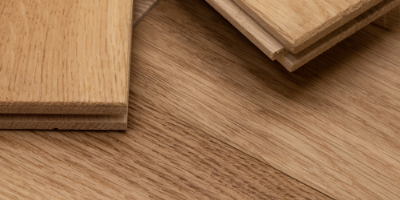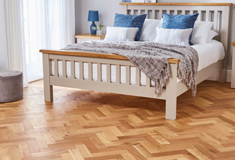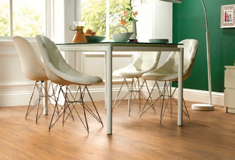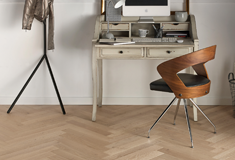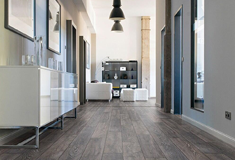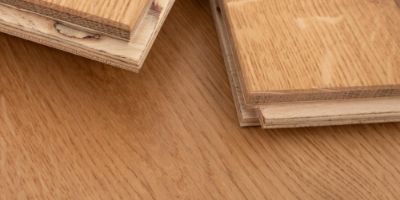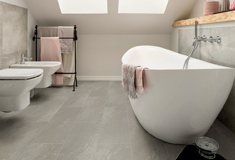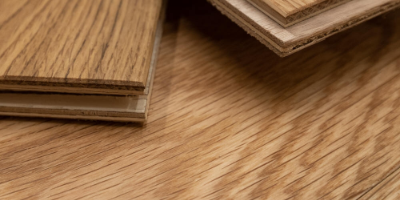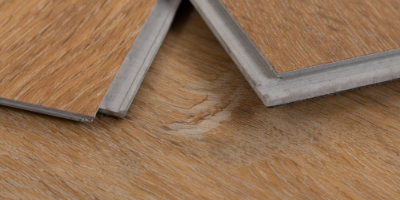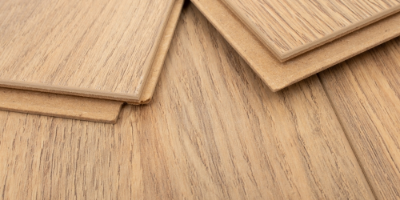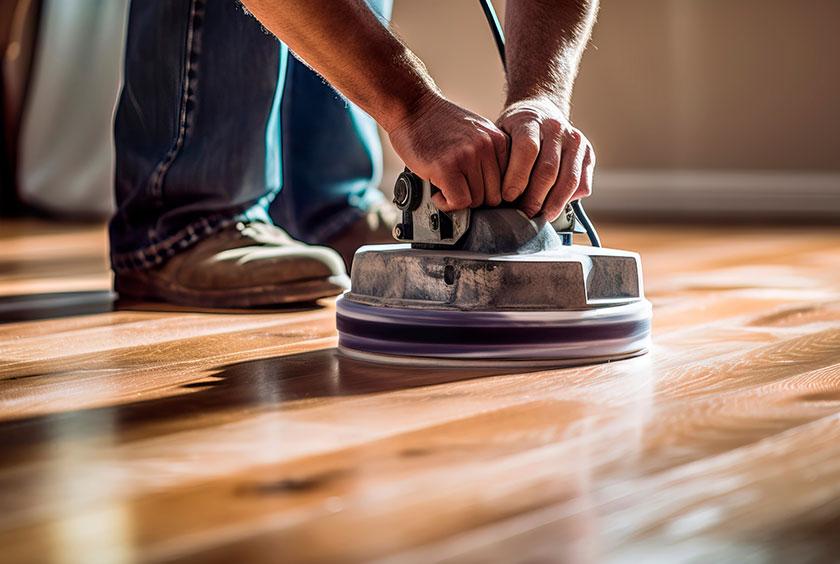Options for Finishing your Floor Yourself
When it comes to finding the perfect floor for your home, you may not find the exact look you want in a finished product. If you’re someone who loves to add those final touches to your own home, you may want to choose an unfinished floor so you can create a look you love.
Even a finished hardwood or engineered wood floor can be refinished. After many years of use, you may want to update the look of your floor to complement your home’s decor, repair cosmetic damages or extend the lifetime of the floor.
Unfinished floors must be finished as the oil or lacquer provides vital protection for your new floor, while making it look beautiful.
What Options are there for floor finishes?
There are three main options for floor finishes: oiled, lacquered and invisible oil. We’ve broken them down to give you a little extra help!
Oiled
Oiled floors have a great natural look, as the oil soaks into the wood rather than sitting on top of the flooring. The oil gives the floor a matte finish, making the wood look even more authentic. If you want to enhance the natural beauty of the wood floor you’ve chosen, oil is a great option.
Oil also benefits from being easier to refinish, as you can sand and re-oil parts of the wood without having to refinish the entire floor.
Lacquered
A lacquer will give a more glossy finish as it sits on top of the floor. This means it has a higher level of protection compared with oil, as it forms a protective surface. Lacquers also have the ability to change the appearance of the floor more than oil, with endless shades and tones to choose from.
Invisible Oil
Invisible oil is the best option if you want the wood to maintain its appearance. This is a clear oil which has minimal impact on colour and sheen, while still protecting the floor.
Can you Refinish Hardwood Floors Yourself?
Finishing or refinishing floors is a big task, but with a bit of DIY experience, the right tools and a can-do attitude you’ll be surprised by what you’re capable of!
Refinishing a floor will take slightly longer than if you finish a new floor, as refinishing will require you to sand your floor. However, when finishing a new floor, you’ll also need to account for the time taken to lay the flooring.
You’ll want to make sure you have some time spare - ideally a long weekend - to get the work done. With furniture moving, sanding and drying times, finishing or refinishing a floor can be time-consuming.
What Product to Use to Refinish Hardwood Floors?
There are a number of great products on the market to use on your floors. Since we know there are plenty of existing products out there, we’ve chosen not to sell our own. Our recommendation is the Osmo brand of oils and lacquers - they’re made with natural ingredients and we’ve seen amazing results from them time and again.
When it comes to choosing the shade you want, you should consider the colour scheme of your space and whether you want a lighter or darker look. If you’re finishing an unfinished floor, you can use leftover samples or offcuts to test colours and shades before committing to a final look. Alternatively, when refinishing, you can test colours on small patches of floor that will be hidden underneath furniture.
How to Refinish a Floor
When it comes to refinishing a floor, there’s a little more work to do. Firstly, you’ll have to sand the floor. A random orbital sander will give the best results as you’ll have more control over the work you’re doing and it’ll provide a more natural finish.
Then, you can apply your oil or lacquer. Make sure to follow the manufacturer’s instructions and take any necessary safety precautions.
FAQs
How often should you sand floors?
To preserve the life of your floors, you should sand and refinish them. We recommend doing this every 10 years, but you can do it more frequently if you’d like to update the style.
How many times can a floor be sanded?
This depends on the type and thickness of the floor. Engineered wood with a thin wood veneer should not be sanded, but a thicker one may be sanded two or three times. Check the manufacturer’s guidelines before planning your project.
Solid wood flooring can be sanded more times, although the number also depends on the thickness of the wood. You may be able to refinish your floor up to 12 times!
Is it cheaper to refinish floors or replace?
New solid wood flooring is an investment and in most cases it will be much cheaper to refinish your floors. Not only that, but mending and upkeeping your floors is much more environmentally friendly.
Hopefully this blog has helped answer your floor finishing questions, but if you need any further help, just get in touch with our friendly flooring experts.
Don’t forget to follow us on Instagram and tag us in your flooring transformation posts #MyLuxuryFloor. We can’t wait to see your new floor in action!

